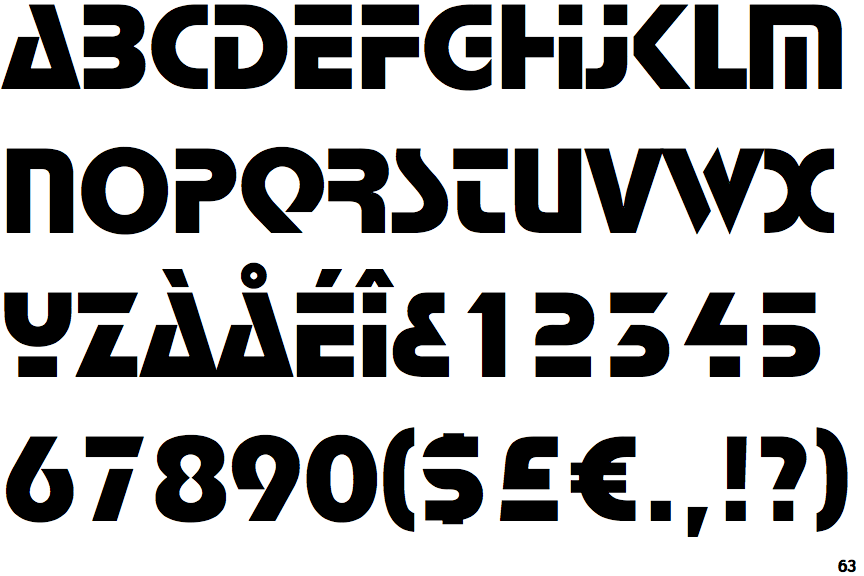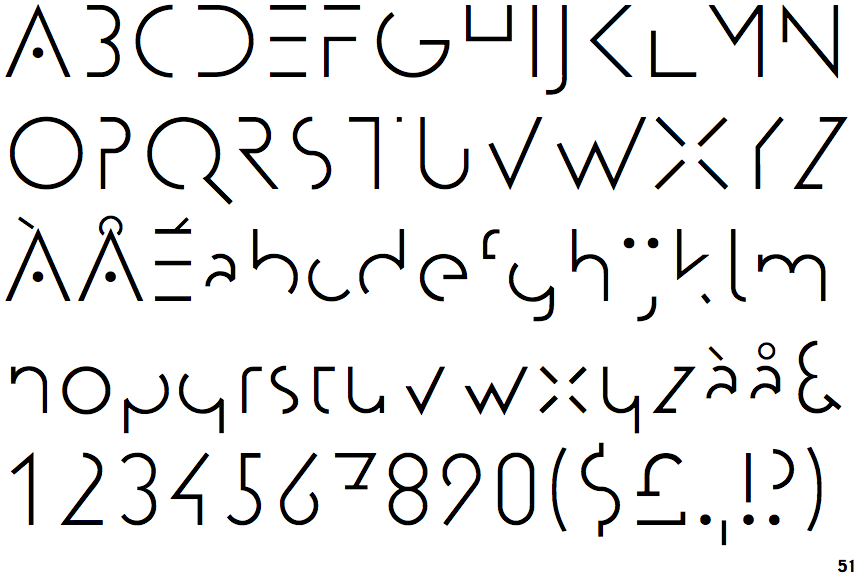Differences
EF Stop
 |
The upper-case 'J' sits on the baseline.
|
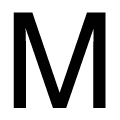 |
The centre vertex of the upper-case 'M' is on the baseline.
|
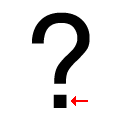 |
The dot on the '?' (question-mark) is square or rectangular.
|
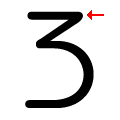 |
The top storey of the '3' is a sharp angle.
|
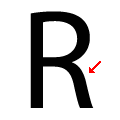 |
The leg of the upper-case 'R' is curved outwards.
|
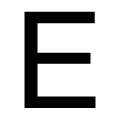 |
The upper-case 'E' is normal letter shape.
|
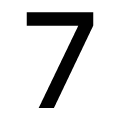 |
The '7' has no bar.
|
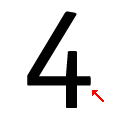 |
The bar of the '4' crosses the vertical.
|
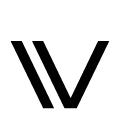 |
The centre strokes of the upper-case 'W' are separated.
|
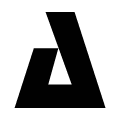 |
The bar of the upper-case 'A' is a line on the baseline.
|
Note that the fonts in the icons shown above represent general examples, not necessarily the two fonts chosen for comparison.
Show ExamplesArt Gallery
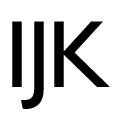 |
The upper-case 'J' descends below the baseline.
|
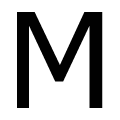 |
The centre vertex of the upper-case 'M' is above the baseline.
|
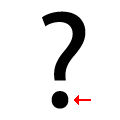 |
The dot on the '?' (question-mark) is circular or oval.
|
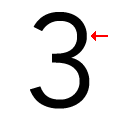 |
The top storey of the '3' is a smooth curve.
|
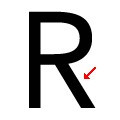 |
The leg of the upper-case 'R' is straight.
|
 |
The upper-case 'E' is drawn as three separate lines.
|
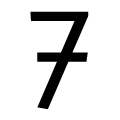 |
The '7' has a bar.
|
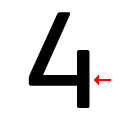 |
The bar of the '4' does not cross the vertical.
|
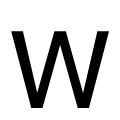 |
The centre strokes of the upper-case 'W' meet at a vertex.
|
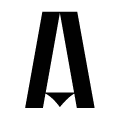 |
The bar of the upper-case 'A' is a triangle, V-shaped, diamond, or dot.
|
